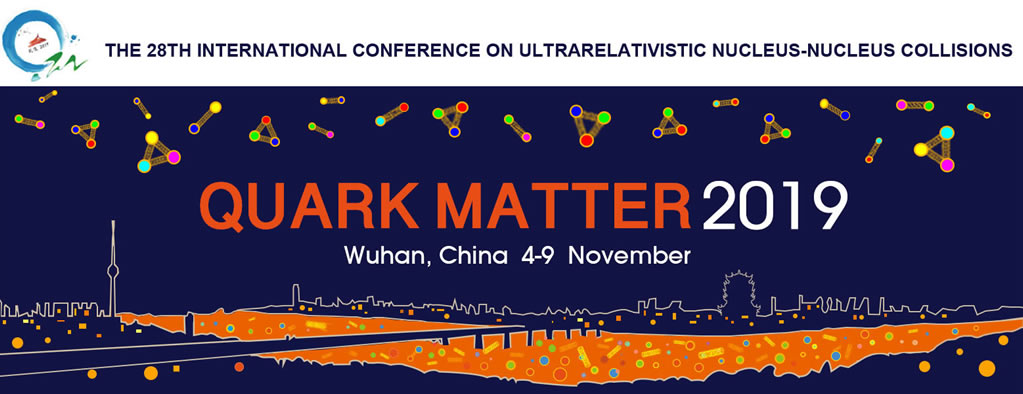Speaker
Description
Heavy quarkonia are useful probes of the quark-gluon plasma, where quarkonium dissociation is expected at high enough temperatures. Indeed, such a suppression is clearly present in the latest STAR measurements of $J/\Psi$ production in Au+Au collisions. The suppression is observed to have little dependence on $p_{T}$, although cold nuclear matter effects, such as shadowing, anti-shadowing, nuclear or comover absorption, play a significant role at low $p_{T}$. Measurements of the $J/\Psi$ production in p+A collisions can help us to disentangle the cold nuclear matter effects from the hot medium effects in A+A collisions. In this talk, we will present the measurement of $J/\Psi$ production in p+Au collisions at $\sqrt{s_{NN}}$ = 200 GeV by the STAR experiment. The nuclear modification factor $R_{pA}$ will be presented as a function of the event activity (i.e. "centrality") and compared to theoretical models. In addition, we will present recent STAR measurements of $J/\Psi$ and $\Upsilon$ production in p+p collisions including their dependence on the charged-particle multiplicity at mid-rapidity. These measurements are important for understanding the mechanism of the heavy quarkonium production in elementary nucleon-nucleon collisions and the interplay of soft and hard processes.
